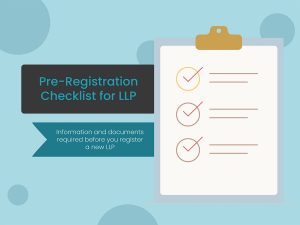

In Malaysia, a Shareholders’ Agreement is a contract that defines the rights, responsibilities, and obligations of company shareholders. It’s not mandatory and a company that forgoes a Shareholders’ Agreement relies on the Companies Act 2016 as a guide.
However, the Act is concerned with protecting national interest, not a specific company. This means its clauses are broad and general by design, leaving gaps – areas of potential conflict between shareholders.

A Shareholders’ Agreement addresses these gaps, ensuring that all situations have clear guidelines on how shareholders can act based on the best interests of the company.
To convince you of how important these guidelines are, here are seven areas of company governance which need a Shareholders’ Agreement to define as they are not covered by the Companies Act 2016.
A Shareholders’ Agreement outlines voting rights of shareholders on key company decisions such as the appointment of directors, and thresholds needed in exceptional circumstances such as a corporate merger. The agreement may also include deadlock resolution mechanisms to ensure a decision is made in cases where shareholders are split down the middle.
Expanding on the above, a Shareholders’ Agreement outlines the appointment and removal of directors and nominee directors, as well as their responsibilities. Keeping in mind that majority shareholders are often also members of the board, this prevents individuals from abusing their stake to maintain directorship.
As the transfer of shares is a shareholder right that can affect the entire company, a Shareholders’ Agreement can define share transfer processes, for example:
Ultimately, this prevent disputes arising from the sale or transfer of shares.
This one is pretty straightforward: a Shareholders’ Agreement can expressly forbid shareholders from engaging in activities that compete with the company such as soliciting clients or employees or any activities that expose confidential company information.
The agreement can set a minimum percentage of dividends to be paid if profits allow, different dividend levels paid to each shareholder, different dividend rates based on type of share, and also define situations where divideds are not to be paid.
This sets out clear procedures for situations where a shareholder cuts ties with the business, for example a longtime employee who owned stock. Depending on if they leave amicably (retiring) or were forced to (terminated due to misconduct) a Shareholders’ Agreement can define how their shares are evaluated and offered to existing shareholders.
Corporate and individual investors want a Shareholders’ Agreement with tag-along and drag-along rights.
A tag-along clause allows minority shareholders to participate in a majority shareholder’s sale of shares to a third party at the same time and share price. This prevents the former from being left behind or stuck with new majority shareholders they do not want.
A drag-along clause allows majority shareholders to require minority shareholders to sell their shares to the potential buyer at the same price, in order to allow the buyer to purchase the entire company. This prevents minority shareholders from blocking a potentially lucrative company sale.
The short answer is ‘yes’, but it would defeat the whole purpose of a Shareholders’ Agreement which is to create a binding document unique to your company, and which can be amended as circumstances change. This is one of those things where if you see value in it, the best step is to engage professionals who can get it done properly.

If you’re looking for a plan that accounts for every aspect of a company’s best interests, our team of experts is ready to assist you with incorporation packages tailored to your specific needs. Check out our incorporation plan or simply click the button above to contact us directly.

